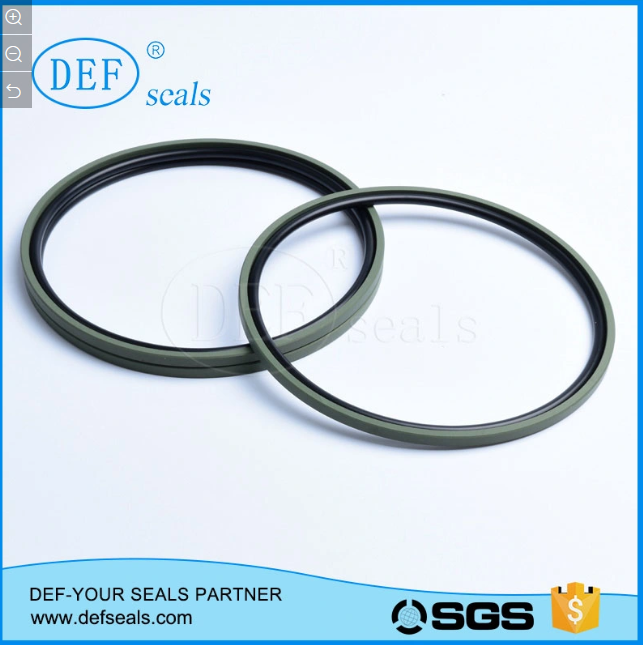Solution to Rubber Frosting
2023-04-18
Frost spraying refers to the phenomenon of sulfur, SA, waxes, accelerators, antioxidants, fillers, and other additives that bind the surface and precipitate from the inside of the adhesive material. After the surface of rubber products without frost spraying is exposed to sunlight and causes oxidation reaction, there is a significant change in the surface [such as brass color], which is called rainbow frost spraying.
In rubber technology, it has been pointed out that frost spraying is mainly a phenomenon caused by the dosage of the compounding agent exceeding the solubility in the rubber or vulcanized rubber, moving from metastable state to stable state. Frosting can damage the performance of the adhesive. If the self-adhesiveness decreases, it also makes the appearance of vulcanized rubber poor and becomes an unqualified product, which is beneficial for anti-aging agents. Especially anti-ozone aging agents, hoping to contain the surface. But there is no need to spray frost. Waxes need to restrain the surface from spraying frost to form a protective film, which plays a physical protective role. In addition, for products that require extinction on the surface, it is necessary to control some additives to spray frost moderately, and use frost sprays to damage the surface oxide film to achieve extinction effect.
The methods to reduce sulfur spraying include: adding sulfur at low temperatures to disperse it evenly, avoiding local supersaturation, using insoluble sulfur, adding coumarone, pine tar, etc. Compounds with heterocycles dissolve sulfur, SA, and avoid sulfurization to control the content of free sulfur.
Many literature points out that selecting a combination of accelerator varieties and amounts to improve the compatibility and vulcanization efficiency of rubber to prevent frost spraying. And building results, especially for EPDM and IIR. However, IIR uses a combination of dithiocarbamate/thiuram to promote vulcanization. If a conventional activation system such as ZnO5/SA1 is used, frost has already been sprayed at 100 times 24, and a special activation system is used without frost spraying at 100 times 500. The vulcanizate has been stored for several years without frost spraying, and it has been found that frost also occurs when FEF/SRF is changed to GPF.
In addition, the EPDM vulcanization system with slight frost spraying can be reduced or eliminated by adding 5 parts of Gumarone (but Gumarone must consider solving mold or odor issues). It can be seen that in addition to controlling the dosage of the coordination agent within the solubility range. We also need to comprehensively examine the entire coordination system and use a special combination activation system to treat the sulfur/accelerator combination of IIR that people believe will spray frost. Even 2 to 3 parts of sulfur do not spray frost. The same EPDM formula is vulcanized at 160 degrees by 30 minutes on a flat plate, which has been severely frosted after being parked for a week. The hot air furnace is vulcanized at 300 degrees by 3 minutes, and there is no frosting for 3 months. For vulcanized rubber, the amount of residual material in the rubber [not involved in vulcanization] or the extranet generated after vulcanization is the main body of frosting. The interaction of the mixture may alter its dissolution state, CACO3. MGCO3, easy to frost CACO3/clay [1/2], lighter, clay. Lithopone/clay does not spray frost. CACO3 is particularly prone to spraying CZ after being damp, and carbon black/antioxidant D is also prone to frost spraying and loss of gloss. The highly active carbon black forces the paraffin to spray out, and so do the small CACO3 particles. This makes it easier for color spray to appear. Antioxidants AW, RD, H, 4010. 4010NA。 More than 1 part is easy to spray, but AW or RD2 parts/H1 parts, and prescription D1 parts/H0 parts. 5 parts without frost spraying, MB0. 8 portions without frost spraying. SP0。 8 sprays, MB/SP combination 0. 8/0。 8。 0 8/1。 6。 0 8/2。 Four portions did not show any spray. It can be seen that the appropriate combination of prescription and aging agents can increase the total dosage without frost spraying, and sometimes also prevent frost spraying on easily sprayed products.
In addition, sometimes glove factories, shoe sole factories, and conveyor belt factories cooperate in sufficient quantities to improve production efficiency and rubber strength, which can easily lead to frost spraying (spitting). In order to not affect production efficiency, anti frost agents on the market can be added, achieving the effect of not spitting (spitting) frost for a long time. It is reported that the anti frost agents on the market not only have significant effects, but also can improve the mechanical properties of rubber.
News







